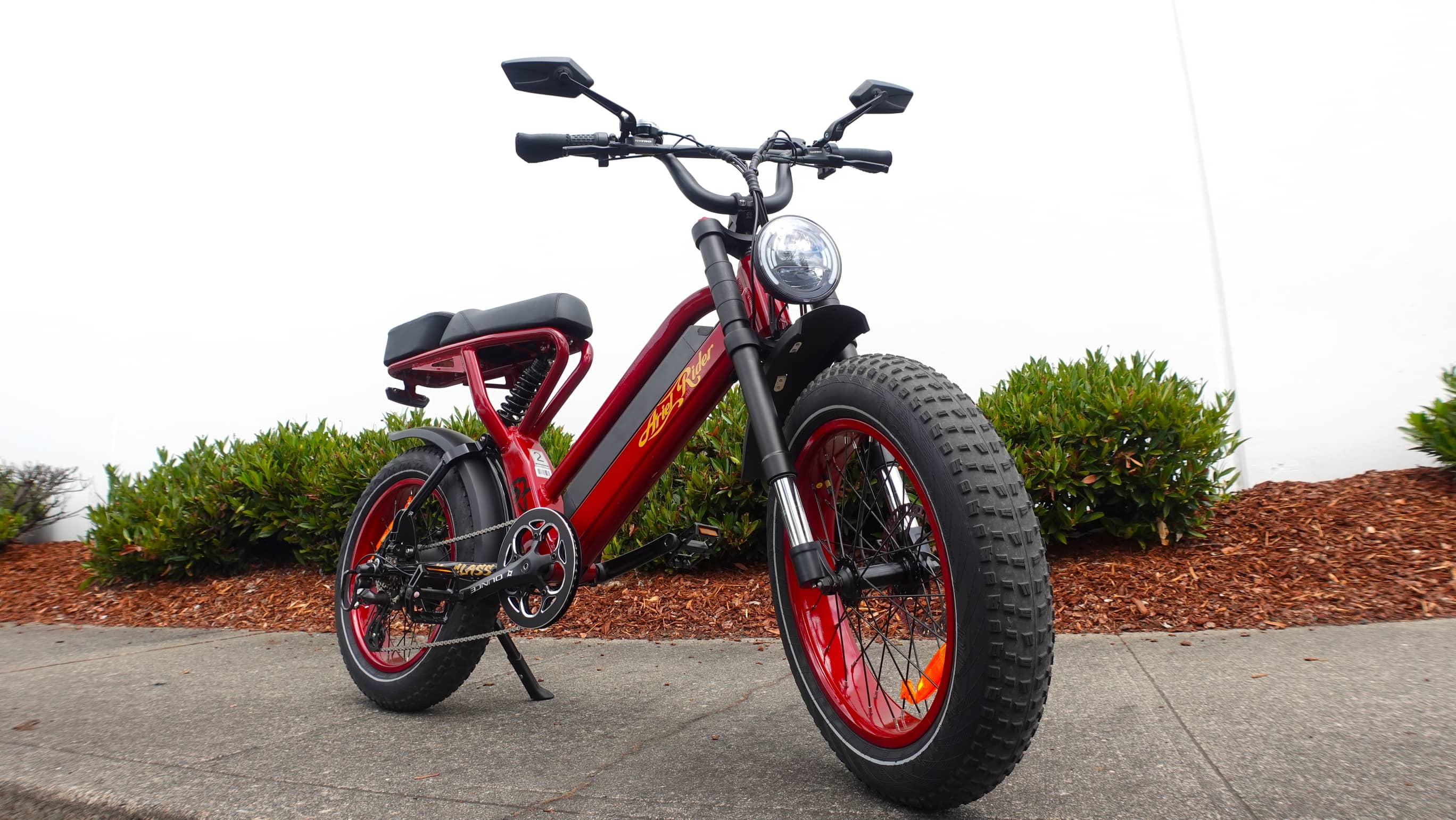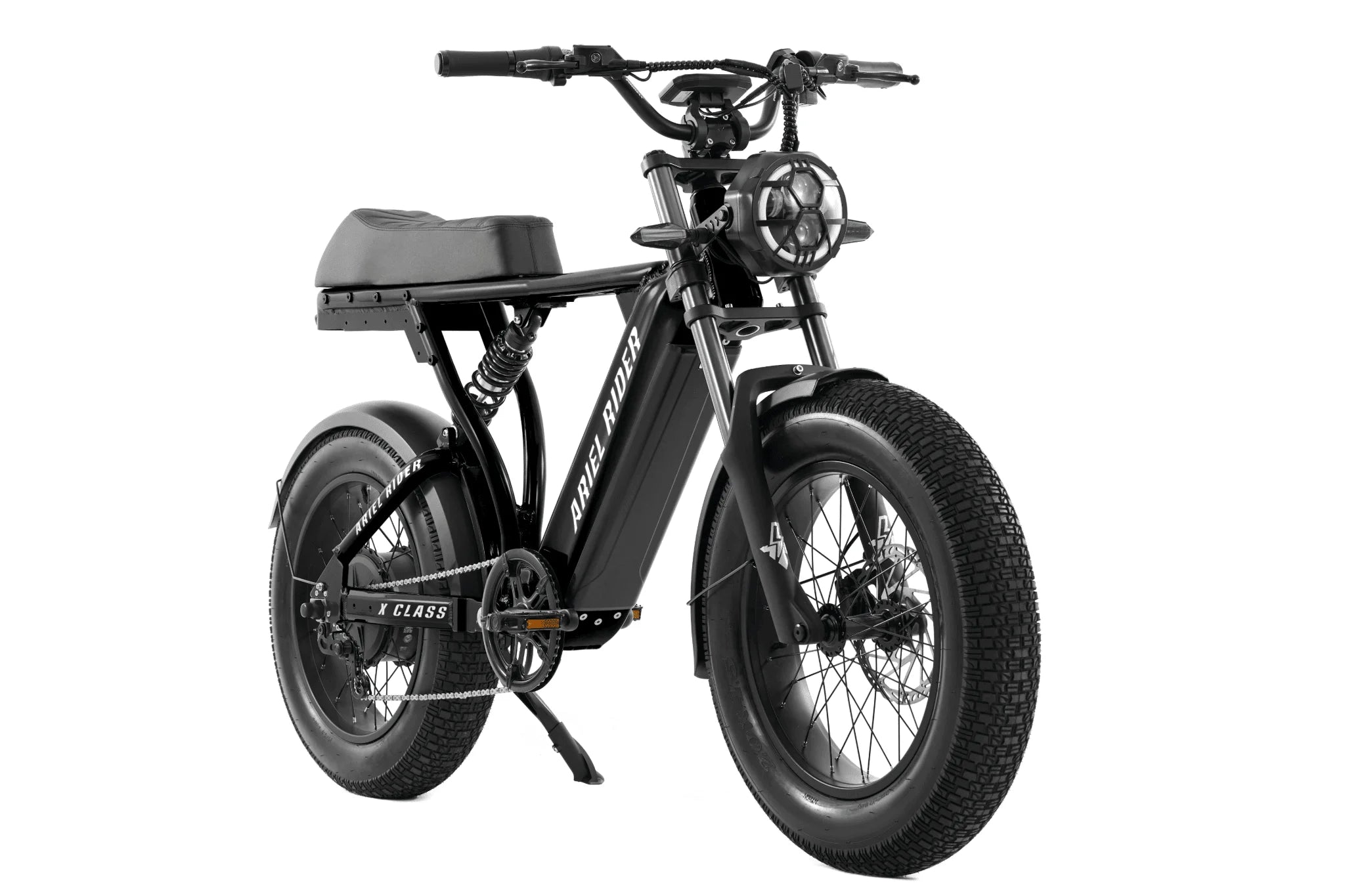Why a Torque Sensor is Better than a Cadence Sensor for Electric Bikes
Many enthusiasts are eager to explore the technology behind electric bikes, but not everyone fully understands how the various sensors function. Options include speed sensors, cadence sensors, and torque sensors, among others. Some manufacturers even equip their bikes with as many as 12 sensors. But is having 12 sensors really better than relying on a single torque sensor? Let’s examine the key features of each type to help you make an informed choice when buying your e-bike.
What is a Cadence Sensor?
A cadence sensor is a fixed device mounted on the bike, paired with rotating sensors on the bike's wheels. Each time a wheel sensor passes the fixed sensor, it measures the bike's speed. Adding more magnetic sensors can improve the accuracy of this speed measurement. The speed data is sent to the bike's controller, which adjusts the motor's assistance accordingly. If your speed drops, the motor provides more support; if you speed up, it reduces assistance.
While cadence sensors meet your needs about 80% of the time, the remaining 20% can lead to frustrating experiences. For instance, if you stop while climbing a hill due to traffic or a red light, you may find it difficult to start pedaling again. If you can't pedal to engage the crank, the controller won't register any movement, making it hard to continue riding. Additionally, when you start going downhill slowly, the cadence sensor may still indicate high motor support, which can be disorienting and potentially dangerous for new riders. In situations where you need to accelerate quickly to pass a vehicle, a cadence sensor may not provide the necessary boost.
What is a Torque Sensor and How Does It Work?
A torque sensor is connected to the bike's chain or bottom bracket (pedal) and measures the force you apply while pedaling. A prime example is the POD system developed by Ariel Rider Bikes. This torque sensor is specifically designed for the bottom bracket of Ariel Rider motorized bikes, enhancing rider comfort and experience. 
With a torque sensor, your bike becomes a smart machine that can sense when you need extra assistance from the motor. For example, when you start climbing a hill and pedal harder, the torque sensor immediately detects this and provides the necessary boost. If an obstacle suddenly appears, the torque sensor allows for quick acceleration. As you pedal with more force, it communicates with the motor to increase your power output. When you don’t need extra power, the torque sensor helps conserve battery life by recognizing the force you’re applying to the pedals. This creates a cycling experience that feels like you have ten times the strength in your legs.
For those using an electric bike for exercise, commuting, or navigating through heavy traffic, a torque sensor is essential. Torque sensors located in the bottom bracket are generally more reliable than those measuring chain tension, which can be less sensitive and may take about half a second to respond when starting from a stop.
Why the Ariel Rider POD (Torque Sensor) is the Best Choice for Electric Bikes
- Provides the necessary power whenever you need it, regardless of terrain or speed.
- Makes climbing hills at least 25% easier compared to cadence or throttle systems.
- Allows you to maintain your exercise routine while adjusting your intensity level from the display.
- Increases the range of your electric bike by up to 100% with a torque sensor.
- Enhances the efficiency of your bike by delivering extra power when it’s most needed, such as during climbs or quick accelerations.
- Offers the experience of riding a traditional bike, but with the sensation of having incredibly powerful legs—what we call the superman effect of motorized biking.
A torque sensor, especially one like the Ariel Rider POD, significantly enhances the range, experience, speed, and power of your electric bike.




